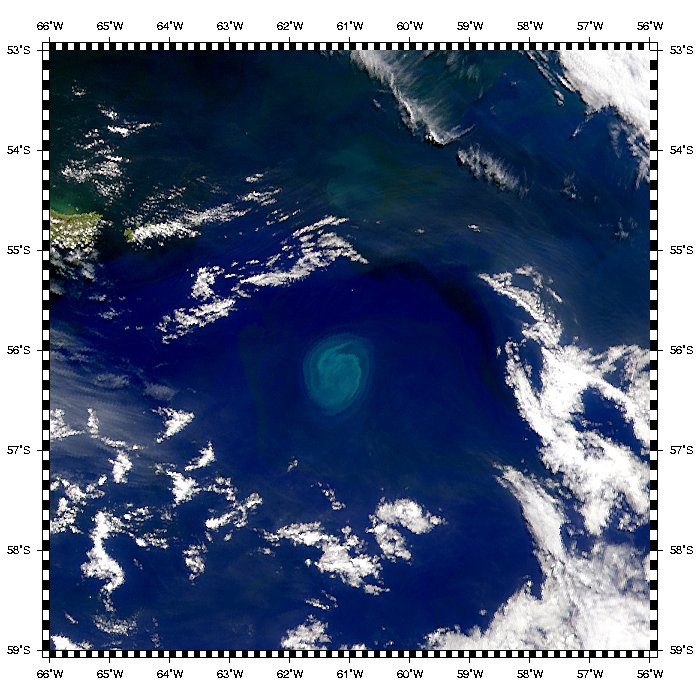Stabilizing atmospheric CO2: Role of Carbon-Climate Feedbacks

Project led by: Ivy Frenger (IBP, ETHZ)
Lead scientists and supervision: Nicolas Gruber (IBP, ETHZ) and Reto Knutti (IAC, ETHZ)
Contributing scientists: Nina Buchmann (D-AGRL, ETHZ), Harald Bugmann (ITES, ETHZ), Andreas Fischlin (IBZ, ETHZ), Jürg Fuhrer (ART), Gerald Haug (D-ERDW, ETHZ), Sonia Seneviratne (IAC, ETHZ)
Stabilization of greenhouse gas concentrations in the atmosphere at a level that would prevent dangerous anthropogenic interference with the climate system requires a sound and quantitative understanding of the global carbon cycle. However, major uncertainties still remain in our understanding of the global carbon cycle and especially with respects to its interaction with some subcomponents of the climate system, notably the role of the CO2-sinks as currently provided by the oceans and the terrestrial biosphere. Investigation of the global carbon cycle is usually performed with coupled, three-dimensional Earth System Models in which many critical processes of the climate system in general and of the carbon cycle in particular are represented in a simplified or parameterized manner. However, many important carbon-cycle processes are governed by factors operating at short temporal and small spatial scales. A good example is the parameterizations of the effect of eddies in ocean carbon cycle modeling studies. Eddies are of fundamental importance for the transport of heat and momentum in the ocean and hence exert a profound influence on the oceanic general circulation but also play a critical role in controlling the ocean's productivity. However, the typical spatial scales of these eddies in the ocean is about 10 to 100 km, i.e. much smaller than the typical resolution of ocean models, which is of the order of 100 km or more.
The goal of the present project is to investigate the potential role of eddies in the oceanic CO2 uptake. The focus will be placed on the Southern Ocean, which is responsible for nearly a third of the global oceanic uptake of anthropogenic CO2, but may have recently undergone a weakening in its sink strength. The ocean circulation model ROMS (Regional Ocean Modeling System, Shchepetkin and McWilliams, 2005) coupled to the biogeochemical-ecological model BEC (Biogeochemical Elemental Cycling, Moore et al., 2002) will be used as a research tool. High-resolution simulations will be carried out for the Southern Ocean with this model system to examine the physical, biological and chemical processes linked to eddy activity and their sensitivities to climate change.
For additional information, please contact
Further reading:
Download PhD project “Stabilizing atmospheric CO2: On the role of oceanic eddies for carbon-climate feedbacks” (PDF, 2.5 MB), C2SM newsletter 8 (December 2011), on page 3.